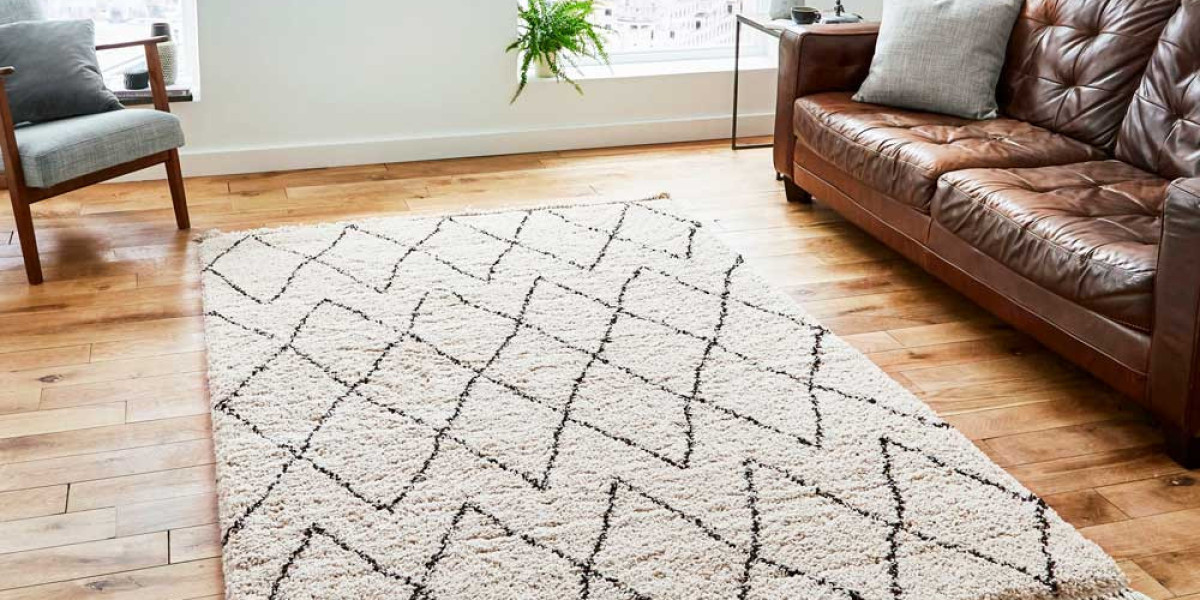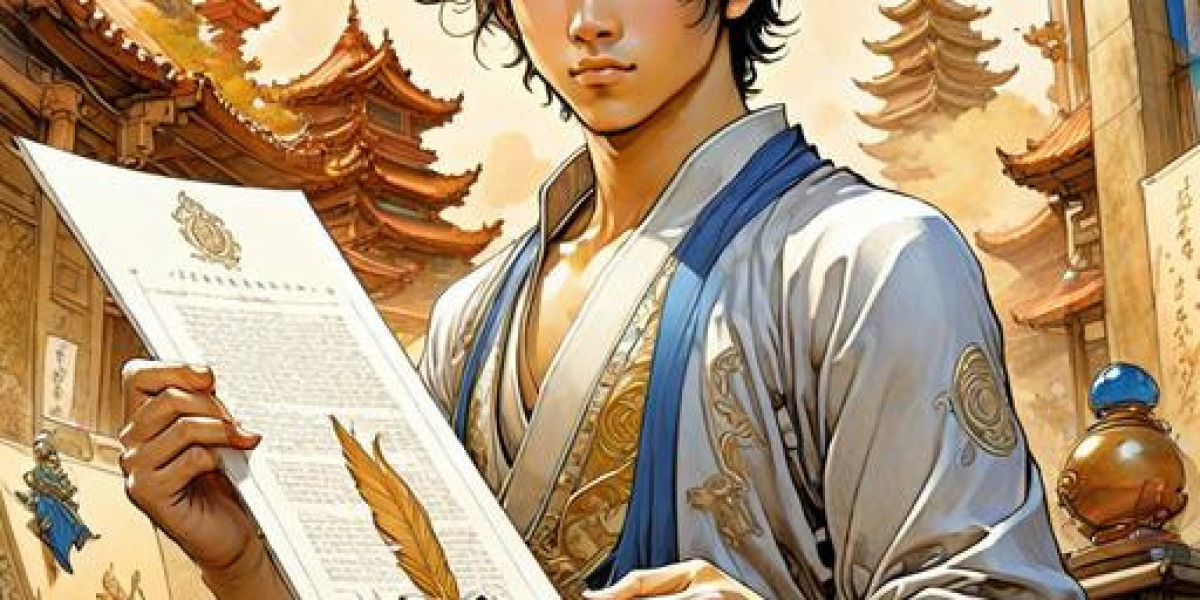Moroccan rugs, with their vivid colors, intricate patterns, and deep historical roots, represent a rich tapestry of culture and craftsmanship. These rugs are not merely decorative items but are woven with stories, traditions, and the collective memory of the Moroccan people. They embody a unique blend of artistry, utility, and cultural significance that has fascinated collectors and interior designers worldwide.
Historical Background
The tradition of weaving rugs in Morocco dates back to the Berber tribes, who have been creating these masterpieces for centuries. Berber rugs, one of the most famous types of Moroccan rugs, trace their origins to the indigenous Berber people of North Africa. Each tribe has its distinct style, patterns, and symbolism, often passed down through generations. These rugs were initially woven for practical purposes, such as providing warmth in the cold Atlas Mountains or cushioning in nomadic tents. Over time, they evolved into highly coveted works of art.
Materials and Techniques
Moroccan rugs are typically crafted from natural materials like wool, cotton, and, occasionally, camel hair. The wool used is often sourced from the sheep of the High Atlas Mountains, known for its high quality and durability. The traditional hand-weaving techniques have remained largely unchanged over the centuries. Artisans use vertical looms to create these rugs, meticulously knotting each thread by hand. The process is labor-intensive, requiring immense skill and patience.
Natural dyes derived from plants, minerals, and insects are used to color the wool. These dyes produce a spectrum of vibrant hues, ranging from deep indigos and rich reds to soft, earthy tones. The colors and patterns often hold symbolic meanings, reflecting the weaver's surroundings, beliefs, and personal experiences.
Styles and Designs
Moroccan rugs come in various styles, each with distinctive characteristics. Some of the most notable types include:
Beni Ourain Rugs: Known for their simplicity and elegance, Beni Ourain rugs are typically white or cream with black or brown geometric designs. They are hand-woven by the Beni Ourain tribes in the Atlas Mountains and are renowned for their plush texture and minimalist aesthetic.
Azilal Rugs: Originating from the Azilal province, these rugs are distinguished by their bright colors and abstract patterns. They often incorporate symbols and motifs that tell stories or convey cultural messages.
Boucherouite Rugs: These are made from recycled textiles, reflecting the resourcefulness of the weavers. Boucherouite rugs are vibrant and eclectic, with a patchwork of colors and patterns that make each piece unique.







